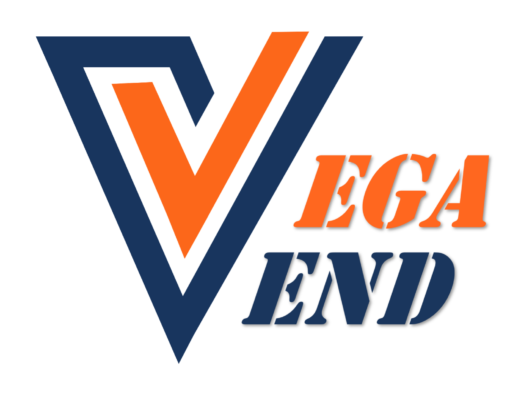No products in the cart.
On this page
Selling pet food on the VegaVend marketplace requires compliance with strict regulations to ensure product safety, quality, and transparency for consumers. This policy outlines the necessary guidelines and legislative requirements for vendors wishing to list pet food products on VegaVend.
UK Labelling Requirements of Pet Food
All products sold on VegaVend must adhere to UK labelling requirements. This includes:- Product Name: First and foremost, clearly state the pet food’s name, ensuring you specify the intended animal type. This crucial information helps pet owners quickly identify suitable products for their furry companions.
- Composition: When it comes to ingredients, you must list them in descending order by weight. Moreover, you can use category names established by the Regulations, such as ‘meat and animal derivatives’, ‘cereals’, or ‘derivatives of vegetable origin’. Alternatively, you may opt to list ingredients by their individual names. However, if an ingredient doesn’t fall into any prescribed category, you must use its specific name. Furthermore, it’s important to note that mixing individual names and category names in the ingredients list is not allowed. Additionally, if you highlight a particular ingredient (for instance, “With Chicken”), you must also include the percentage of that component. By following these guidelines, you ensure transparency and compliance with British pet food labelling regulations.
- Analytical Constituents: Specify the nutrient content, including protein, fat, fibre, and ash percentages.
- % of crude proteins
- % of crude oils & fats
- % of crude fibre
- % of moisture in the product when it exceeds14%
- % of crude ash (ash represents the mineral content of the food and is determined chemically by the burning of the product. % of ash is labelled as one of the following terms ‘crude ash’, ‘incinerated residue’ or ‘inorganic matter’).
- Additives: Declare any additives used, such as vitamins, minerals, and preservatives. If preservatives, antioxidants or colourants have been added to the product their presence may be declared on the label. If a pet owner has any queries regarding additives, they should contact the individual manufacturer responsible, quoting the batch number.
- Vitamins: If Vitamins A & D are added to the product, their presence and level has to be declared. The added quantity should be declared under ‘additives’. Manufacturers may also include the total amount guaranteed at the end of shelf life (which also factors in the naturally present quantity) under ‘analytical constituents’. The Regulations also lay down the units which must be used to declare the level.
- Net Weight: The Net Weight must be given.
- Feeding Instructions: Provide detailed feeding guidelines appropriate for the pet’s species, size, and age.
- Name and Address: Include the name and address of the manufacturer or distributor. This is the name and address of the company responsible for the products and it must also be included on the label. It may be a manufacturer, packer, importer, seller or distributor.
- Best Before Date: Clearly display the expiration date to ensure freshness and safety.
- Batch Number: A batch number or the date of manufacture must be given to facilitate the traceability of the product. This may be given either in the statutory statement or elsewhere on the package/label/container, in which case the statutory statement shall indicate where it can be found.
Multipack Labelling of Pet Food in the UK
For multipacks, each individual item must meet the standard labelling requirements. Additionally, the outer packaging must include:- Contents: Clearly state the number of individual packs contained within the multipack.
- Composition and Analytical Constituents: Either repeat the full information for each type of product within the multipack or provide a summary if the products are identical.
Presentation of Label Information of Pet Food in the UK
Label information must be:- Legible and Understandable: Use clear, readable fonts and avoid technical jargon.
- Prominent and Easily Accessible: Place key information in a prominent position on the packaging.
- Accurate and Not Misleading: Ensure all information presented is truthful and not deceptive.
Claims on Pet Food in the UK
Any claims made on packaging must be substantiated and compliant with UK regulations. This includes:- Nutritional Claims: Claims regarding the nutritional benefits must be supported by scientific evidence.
- Health Claims: Any health-related claims must be approved and backed by relevant scientific data.
- Marketing Claims: Ensure that marketing statements, such as “natural,” “organic,” or “premium,” are accurate and comply with relevant guidelines.
Additional Resources for Pet Food in the UK and EU
Vendors can refer to the following resources for detailed information and guidance on pet food regulations:- Pet food legislation
- Food Standards Agency: Pet Food Regulations
- PFMA (Pet Food Manufacturers’ Association): PFMA Guidelines
- FEDIAF (European Pet Food Industry Federation): FEDIAF Code of Good Labelling Practice
- UK Pet Food Organisation’s Resource Library: https://www.ukpetfood.org/information-centre/resource-library.html
Glossary
- Analytical Constituents: The components of pet food, such as protein, fat, fibre, and ash.
- Additives: Substances added to improve its nutritional value, preservation, or palatability.
- Best Before Date: The date until which the product is expected to remain safe and of good quality.
- Composition: The list of all ingredients used in the pet food.
- Feeding Instructions: Guidelines provided to inform owners on the appropriate amount of food to give their pets.
Last updated: 8 July 2024

